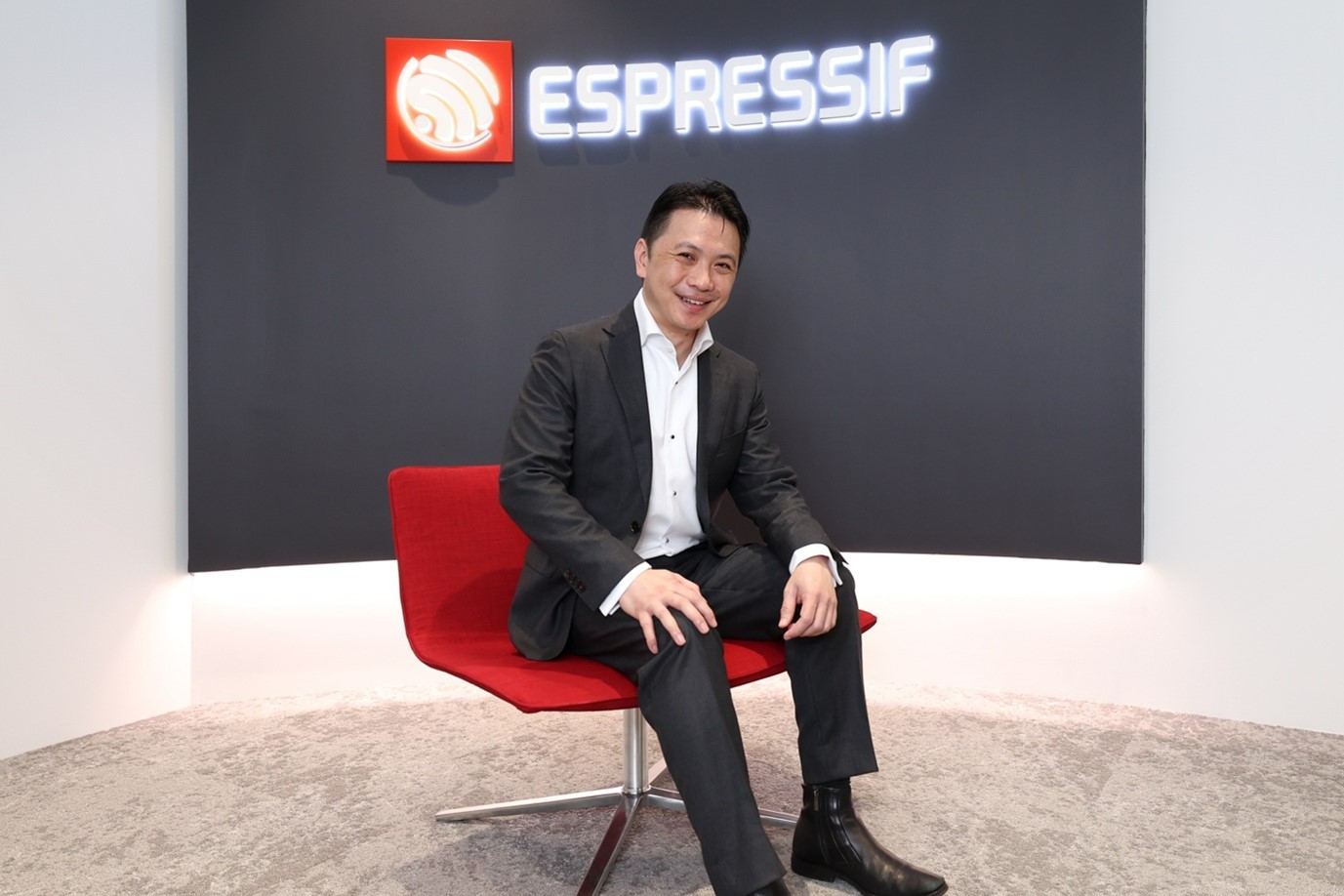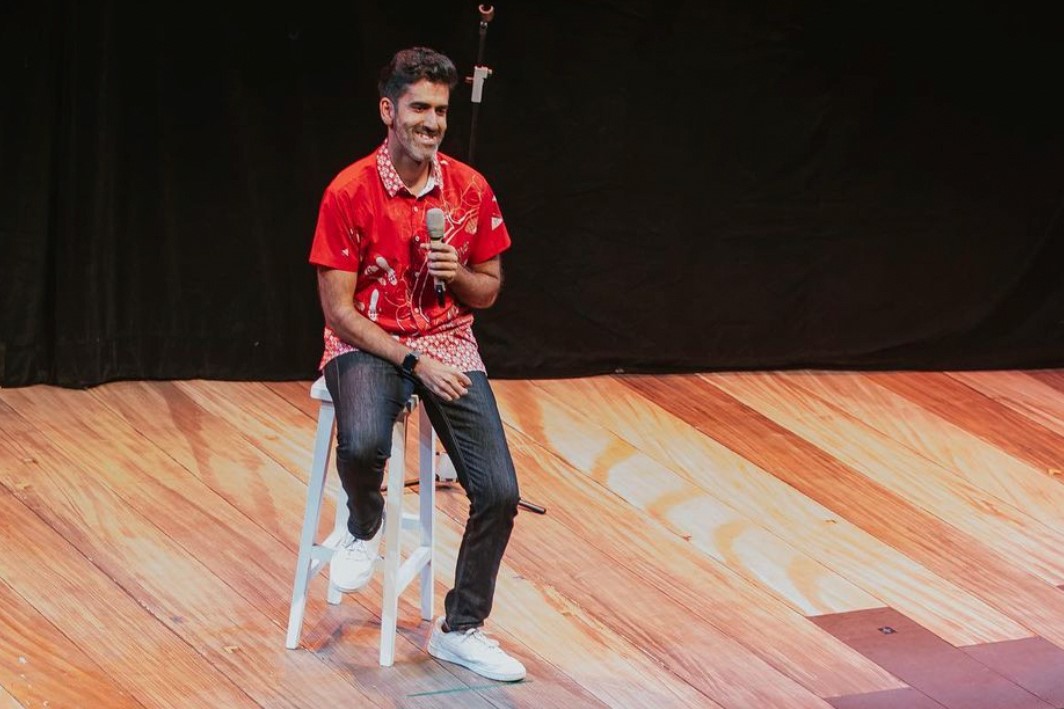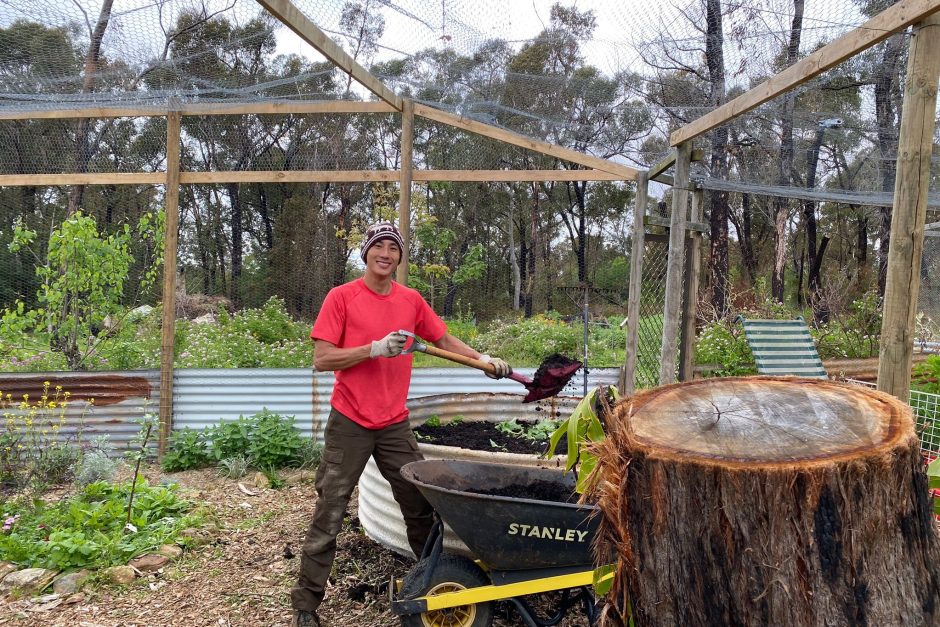Grooming Environmental Ambassadors
30 Oct 2012
One of the Green Activists Club activities is tending to the school’s greenhouse, where the plants they grow are good enough to eat!
If you live near Yishun Pond, chances are you might have bumped into students Siti Farhah Bte Mohd Azmi, Ang Qi Feng or Mohammad Haziq B Mohamad Shukur. Since the beginning of this year, these students and many others from Woodgrove Secondary School have declared the pond their stomping ground and made it their mission to persuade residents and visitors to keep the surrounding park clean and beautiful.
“The neighbourhood was getting quite dirty,” recalls Sec 3 student Siti, “so when people walked by, we tried to share with them the importance of keeping the environment clean and litter-free.” Such boldness now comes easily for Siti, who used to put up with friendly teasing from a couple of schoolmates that her CCA, the Green Activists Club, was simply involved in gardening.
The truth couldn’t be further from that stereotype. Green ambassadors such as Siti, who is now also chairperson of the club, are at the forefront of Woodgrove Secondary School’s efforts to promote environmental education within and beyond the school grounds. Caring for the earth is an ethos embraced by the entire school, with every student taking part in at least one environment-related community or outreach programme every year – from collecting newspapers and recyclable items from nearby estates, to cleaning up Sembawang Beach and scouring the Kallang River for bankside litter.
Green Activists Club members with their teachers Ms Lim Bin and Mr Tan Siong Leong, and a tower they made from 37,000 plastic bottles.
Green from the start
The school was conferred the Niche Programme status for environmental education by MOE this year, but its green credentials go all the way back when the school began under principal Mrs Helena Song in 2000. According to Mr Tan Siong Leong, Head of Department for Student Development, the campus was then an island of concrete surrounded by green spaces and Mrs Song wanted to make green values a core thrust of the school. Mrs Song’s successor Mdm Sung Mee Har continued to promote environmental education by having events such as Green Outreach Programmes, networking sessions with “green” partners and assembly talks.
Today, the school has won awards such as the President’s Award for the Environment 2011, as well as two Singapore Environmental Achievement Awards in 2012 from the Singapore Environment Council. The buildings’ hard edges have been softened by features such as a nursery, an eco-pond and a hydroponics greenhouse, named Greenville. The latter is carefully tended to by students who water, weed and watch over various crops of greens including lettuce, kangkong and tomatoes.
The school’s efforts to boost environmental literacy have infused the formal syllabus as well as co-curricular time. According to Ms Lim Bin, teacher-in-charge of the Green Activists Club, teachers from various departments and committees often incorporate environmental messages in their classroom teaching. “For instance, in Geography, students learn about the erosion and pollution of marine ecosystems,” she says, “while in Literature, they have role-play and poetry writing on themes such as anti-littering and energy conservation. In Art, they design posters on themes such as climate change and marine conservation.”
Siti Farhah Bte Mohd Azmi and Ang Qi Feng show off “grasshoppers” woven from coconut leaves, the making of which they demonstrated during an Earth Hour fair at Woodlands Waterfront.
“Environmental education is also infused into Science lessons,” adds Mr Tan. One result of this is a water fountain which used to run on electricity but was converted to run on solar energy with help from Temasek Polytechnic. Science teachers now use this project to discuss issues such as clean and renewable energy. “We infuse environmental education into our values education as well,” he says, “because there are a lot of values, such as responsibility and care, that we can share with students through environmental themes.”
Working with partners and parents
Outside of school, Yishun Pond is one of three PUB-managed waterways the school has adopted and helps to maintain, the other two being Kallang River at Bishan Park and Sungei Sembawang. The school also organises trips to places such as the Singapore River and Semakau Landfill, where students learn about, respectively, the importance of water conservation and waste minimisation. One group even flew to Korea and Melbourne to visit recycling plants and schools to learn about their “green” practices.
Parents, too, have bought into the “green” culture. “They have been very supportive,” says Ms Lim, highlighting that parents have attended events such as a recent forum to support the students who were making a presentation. In 2009, parents and alumni worked with the school to collect 37,000 plastic bottles for a project that won a Singapore record as the largest sculpture made from recyclable materials. “Some parents even lugged bags of plastic bottles which they had collected with their children from industrial areas,” recalls Ms Lim.
Looking after the Greenville greenhouse is a chance for students to apply the knowledge they have learned about plants and the environment.
Acknowledging that some parents of new students may have concerns about the amount of time their children may spend in the Green Activists Club, Mr Tan explains, “We invite them to school for a dialogue and let them take a look at what their children are doing. After we share with them some of the projects and learning gained by the students, they have a better understanding of the roles their children play and would usually be supportive about it.”
Being green ambassadors has been an eye-opening experience for the students. Sec 3 student Lim Wan Xuan, for example, relishes it when the club goes door-to-door to collect recyclable materials. “I got to know the residents who live around the school,” he says. “They are very supportive and even reserve the recyclables for us.”
For Haziq, a growing concern about issues such as global warming led him to join the club. “I wanted to do my part for the environment,” says the Sec 1 student, who has given talks about environmental issues to residents who live near Yishun Pond. “I shared with them on what we do and about our green journey and I feel very proud to spread the message.”
Mr Tan stresses that for the school to groom more ambassadors, it will continue working on its established projects with long-time partners such as PUB, NEA, Senoko Energy and NParks. One possible future element, following a school talk by Professor Leo Tan, President of the Singapore National Academy of Science, is to expose more students to nature areas around Singapore. “Prof Tan has inspired us to give our students more chances to appreciate the natural environment,” Mr Tan mentions, adding that this would show them the beauty and value of the places they are working so hard as green ambassadors to conserve.





